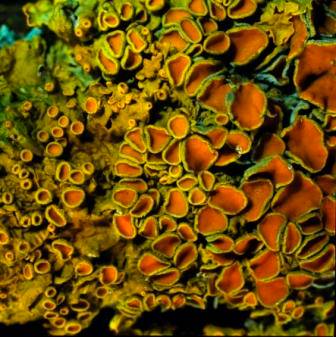In February 2011, two botanists from the department, Dr Harald Schneider and Dr Cécile Gueidan, participated in a collecting trip in Northern Vietnam. The trip aimed at enhancing NHM and Vietnamese collections in ferns, lichens and liverworts from this very species rich area of South-East Asia. It was organized by collaborating partners from the Vietnam National Museum of Nature in Hanoi by the botanists Mr Do Van Truong and Mrs Ngan Lu Thi. The team was also joined by Dr Hongmei Liu, who is a botanist from the Fairylake Botanical Garden in Shenzhen, China.
After arrival, the team visited the Vietnam National Museum of Nature in Hanoi and studied fern specimens kept in the museum’s collection. They also met Prof. Pham Van Luc, the director of the Vietnam National Museum of Nature, and Harald Schneider and Cécile Gueidan presented their research to the Museum staff and students. Most of the three weeks were spent in different protected areas in the North of Vietnam: the Pa Co-Hang Kia Nature Reserve in the extreme West of the Hoa Binh province, the Bac Me Nature Reserve in the South-Eastern part of the Ha Giang province, the Na Hang Nature Reserve in the North of the Tuyen Quang province and the Ba Be National Park in the North- West of the Bac Kan province. Most of the sites visited included tropical forests at different stages of land use, which ranged from almost entirely deforested areas to few relatively untouched patches of primary forest.
Left to right: Hongmei Liu, Harald Schneider, Don Van Truong, Ngan Lu Thi and two guides from the Ba Be National Park
This collecting trip followed a first visit to Vietnam by Harald Schneider in 2010 and had allowed completing previous collections of ferns from this area. For lichens, only few studies had been carried out in this country and rock substrates had almost not been explored. The lichen specimens collected during this fieldtrip will therefore contribute to the knowledge of the poorly studied lichen flora of Vietnam. In total, we collected 283 specimens of ferns (including at least two new records for Vietnam), 26 specimens of leafy liverworts, and about 400 specimens of lichens.



